Making video games is tough. It can be a struggle just to turn a concept into something that actually works and is fun to play. Even if a developer manages to make a great game, it can still fail to find an audience for reasons that are quite often beyond a studio’s control.
That’s what happened with these games. All of them are fantastic in different ways, but just didn’t meet the expectations their creators had for them. Of course, that’s something of a subjective measure. Some of these games sold hundreds of thousands of copies, or perhaps found wider audiences with re-releases, but none of these games sold well when they were first released, despite critical acclaim.
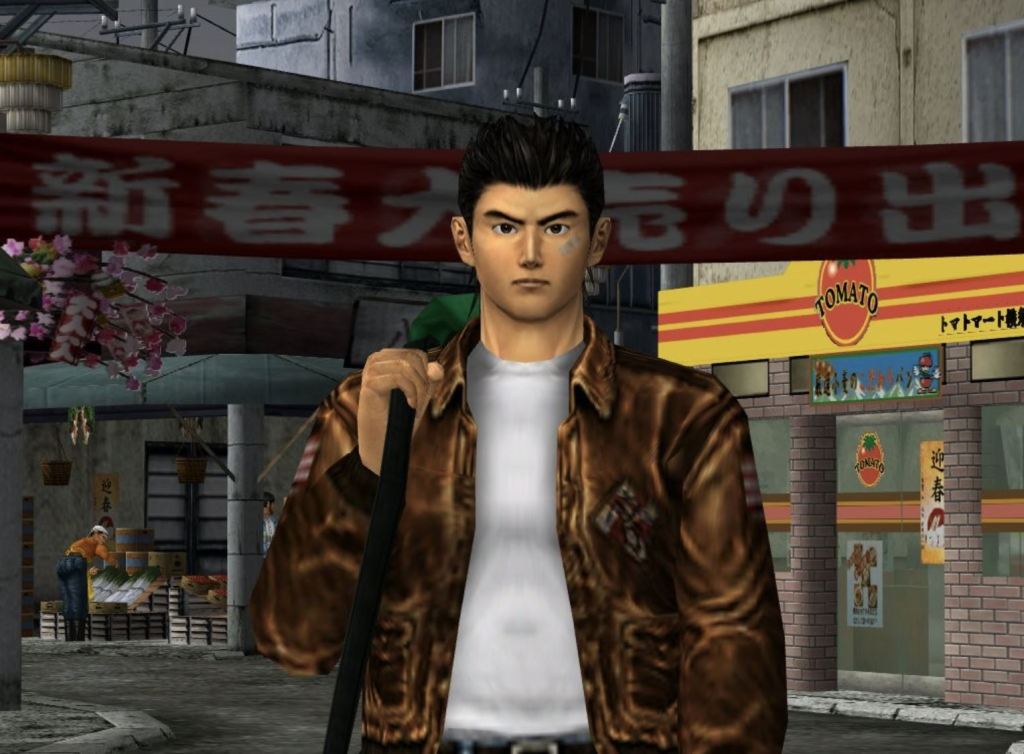
15. Shenmue
Shenmue was a wildly ambitious game that the world just wasn’t ready for. Its incredible mix of murder mystery investigation, fighting game combat, and an incredibly detailed world full of side activities has gone on to influence the entire sandbox genre, but it perhaps tried to introduce too many new concepts at once and suffered because of it. Shenmue just didn’t have the appeal to move Dreamcast consoles (even if the Sega faithful still turned out for the game).
Unlike most of the games on this list, Shenmue actually sold somewhat well, clearing more than one million copies by 2001. The problem was that Sega poured so much money into its development (reported to be somewhere between $50 and $70 million) that it was virtually impossible to make any money off of it. The excellent Shenmue II sold even worse, largely due to the discontinuation of the Dreamcast and an odd decision to make the game an Xbox exclusive in North America. Supposedly, the long-in-development Shenmue III finally met sales expectations, but it still didn’t wrap up the story of Ryo Hazuki, and it’s looking increasingly unlikely that a fourth Shenmue game will ever see the light of day.

14. Oddworld: Stranger’s Wrath
Featuring main characters with bizarre and grotesque designs, as well as stories with strong anti-capitalist overtones, the Oddworld series was never really built to appeal to the mainstream. That doesn’t mean there haven’t been attempts, though. Most notably, Oddworld Inhabitants actually partnered with EA of all companies for Stranger’s Wrath’s original release on Xbox.
Ditching the platforming and puzzle gameplay of previous entries, Stranger’s Wrath is mostly a first-person shooter with the Oddworld-worthy twist of using live ammunition in the Stranger’s Crossbow weapon. The action was rock solid, and it might actually have the best story of any Oddworld game, but a combination of poor marketing and a release date that fell late into the life cycle of a console already flooded with popular shooters meant Stranger’s Wrath struggled to find an audience.
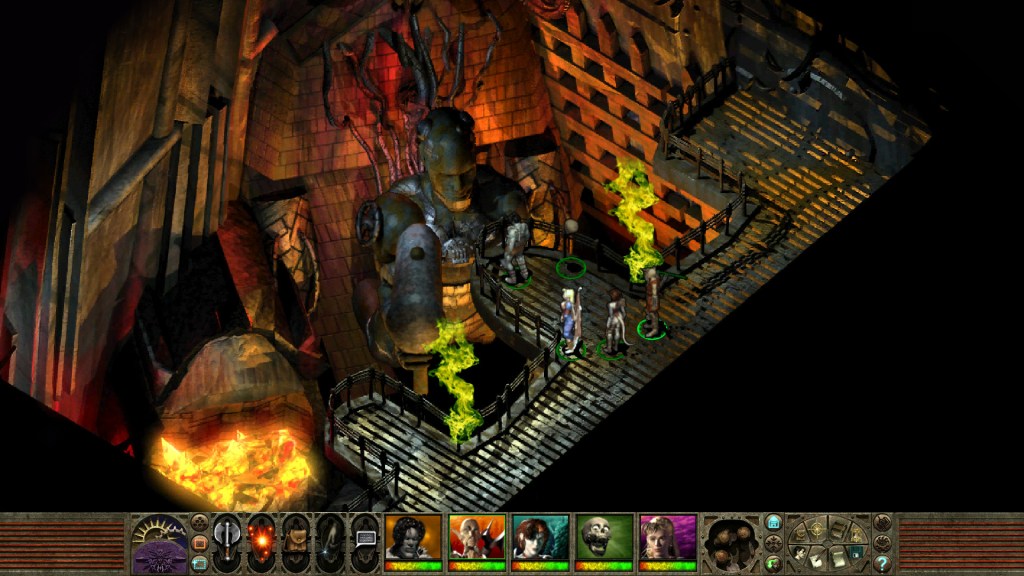
13. Planescape: Torment
The late ‘90s were a golden age for CRPGs, yet one of the very best games in the genre was largely ignored by gamers upon release. While Planescape: Torment used the same engine as the much more popular Baldur’s Gate, it emphasized conversation and stealth over combat, creating an extremely unique role-playing experience for its time.
While CRPGs like this rarely generate blockbuster sale figures, it’s not really clear why this game sold as poorly as it reportedly did. Maybe gamers were turned off by its just plain weird and often grotesque setting, or its protagonist who started off selfish and could only get worse depending on how you played the game. At least the game is now readily available in an enhanced edition that includes additional content cut from the original release.
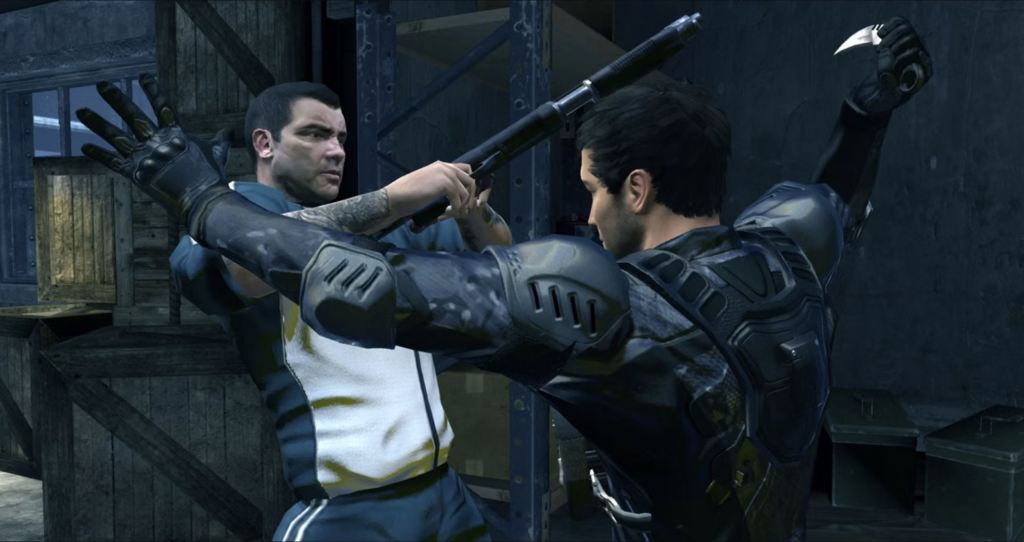
12. Alpha Protocol
Though generally considered to be at least a very good game, Alpha Protocol’s gameplay is admittedly a little finicky. It doesn’t have the best gunplay, and its stealth isn’t nearly as satisfying as games like Metal Gear Solid. It is, however, an almost wholly unique spy RPG with tons of customization options and an awesome story where small choices can have huge ramifications. Think Splinter Cell mixed with Mass Effect, though, unfortunately, with some of the jankiness of the first Mass Effect.
Alpha Protocol’s sales actually weren’t completely terrible, but they were significantly less than what publisher Sega expected. Unfortunately, Alpha Protocol‘s mixed critical response at the time of its release certainly didn’t help move copies. A lot of reviewers have come around to the game over the years, though. Developer Obsidian has expressed interest in a remaster or sequel, but they would need the go-ahead from Sega, which owns the IP, and Sega seems to have no interest in either potential project at the moment.
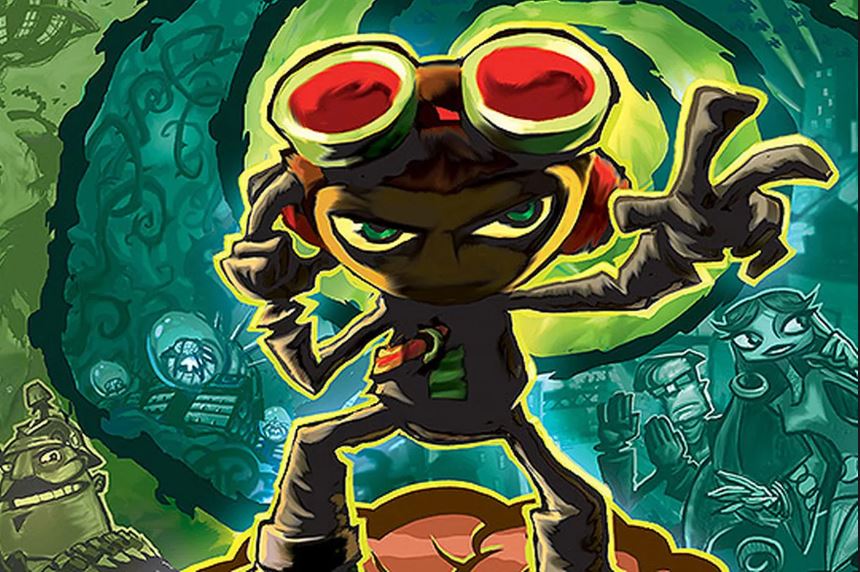
11. Psychonauts
Though widely praised by the gaming press, games from Psychonauts director Tim Schafer have sometimes had trouble clicking with mainstream audiences due to their unique art style and offbeat humor. The game already had that going against it when development and publishing difficulties meant that after four long years in development, Psychonauts didn’t launch on PlayStation 2 and Xbox until 2005. Unfortunately, that’s when most gamers were already eyeing next-gen consoles. Sales were unsurprisingly poor.
Psychonauts eventually found a wider audience that matched the positive reviews, but it took a long time to get there. However, in 2011, Double Fine took back the publishing rights to Psychonauts, meaning the company could re-release the game on modern platforms. Sales took off from there and even helped to fund a fantastic sequel in 2021.
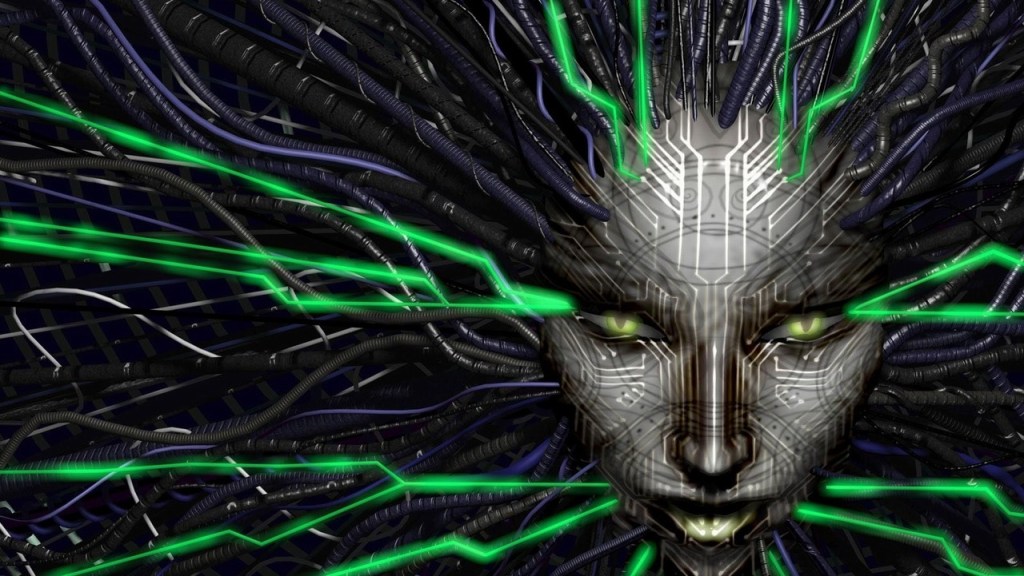
10. System Shock 2
While it’s now common for first-person games to branch out into all sorts of different genres, that wasn’t really the case in the ‘90s. Developers were still feeling out what to do with that fledgling style of gameplay. Most first-person shooter developers simply copied the Doom and Wolfenstein 3D models. System Shock 2 and its predecessor were some of the earliest games that understood how immersive it could be to play from that perspective. Yes, they offered shooting, but they are best remembered for their horrific atmosphere and then-novel role-playing. System Shock 2 is still seen by some as the best example of that combination of concepts.
Reviews for System Shock 2 were simply glowing. Gamers, on the other hand, shrugged the title off for reasons that still aren’t entirely clear. Like some of the other games on this list, System Shock 2 may have simply been a little too ahead of its time. At least the public did eventually come around to the ideas here, though, with the spiritual successor Bioshock eventually finding both critical acclaim and commercial success.
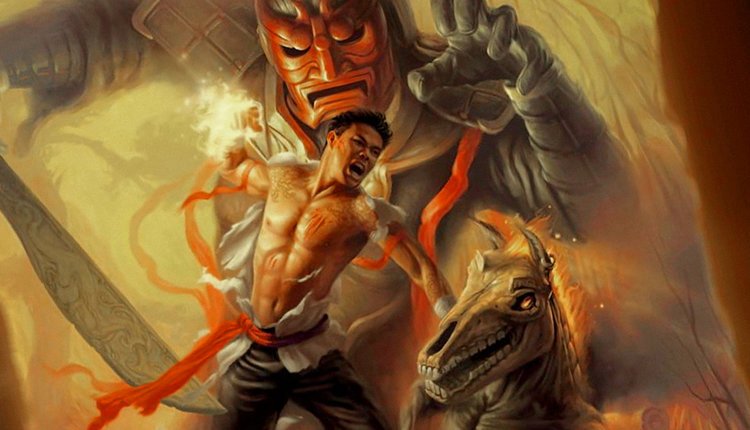
9. Jade Empire
In the 2000s, BioWare churned out several RPGs that helped redefine and popularize the genre. To this day, message boards are still filled with topics lauding Baludr’s Gate II, Star Wars: Knights of the Old Republic, and Mass Effect. And then there’s Jade Empire: a 2005 martial arts epic long described as a dream project for the company that’s now largely lost in the mix of BioWare’s back catalog.
In theory, Jade Empire should have been a hit. It’s a beautiful game with smooth real-time combat (a relatively new area for BioWare), a well-done morality system, and engrossing early BioWare writing. BioWare later blamed its poor sales on the decision to release the game for the original Xbox just as the Xbox 360 was announced. Perhaps if it had been re-tooled as an Xbox 360 launch title, Jade Empire might have turned into another big franchise instead of a one-off curiosity.
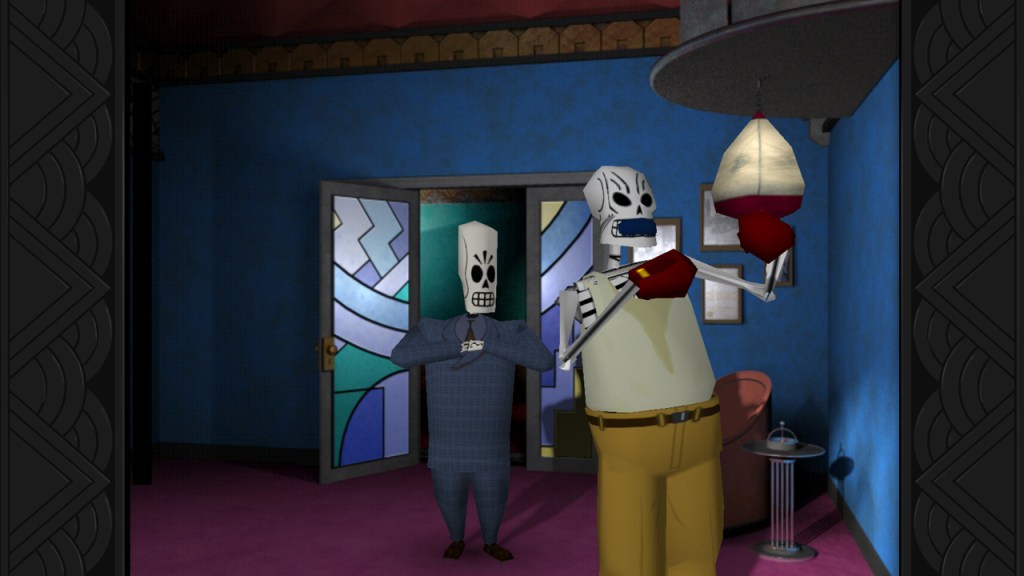
8. Grim Fandango
To be fair, Grim Fandango’s status as a commercial failure is somewhat in dispute. Publisher LucasArts claimed that after a couple of years, the 1998 comedy adventure game had finally become profitable. Still, after seeing the sales numbers, the publisher canceled sequels to other adventure games in its portfolio, and the adventure game genre as a whole pretty much died for the next decade or so.
The really unfortunate thing is that Grim Fandango still may very well be the best adventure game ever made thanks to its art deco style, rocking soundtrack, and all-around hilarious journey through the bureaucracy-heavy Land of the Dead. If it had sold better, it actually might have taken the genre to new heights.
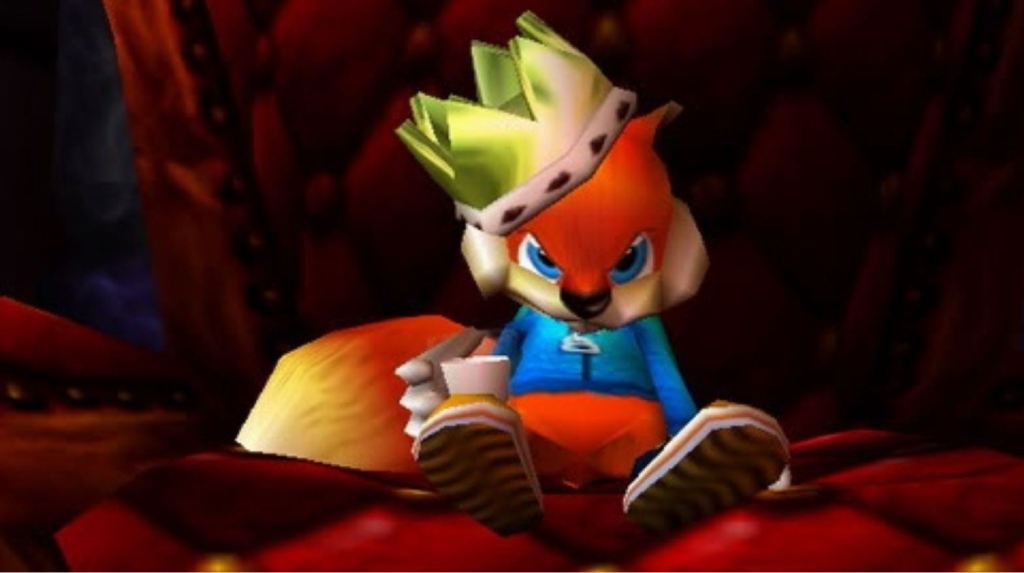
7. Conker’s Bad Fur Day
Those who have played it will tell you that Conker’s Bad Fur Day is one of the best games on the N64. It’s a platforming masterpiece that eschews the tired collect-a-thon gameplay of its contemporaries for a series of creative, and almost always hilarious, situational missions. Its mixture of kid-friendly cartoon designs with scatological humor and gore was nearly unheard of at the time of its release and remains something of a novelty to this day.
While Conker’s poor sales can be partially attributed to the fact it was one released in the dying days of the N64 when the console was in decline, poor marketing also played a major factor. Nintendo refused to acknowledge the game in its own publications like Nintendo Power, instead opting to advertise the game with Playboy, Maxim, and other magazines not exactly known for their gaming coverage. Despite a lengthy development cycle, Conker’s was estimated to sell only about 55,000 copies within a month of its release.
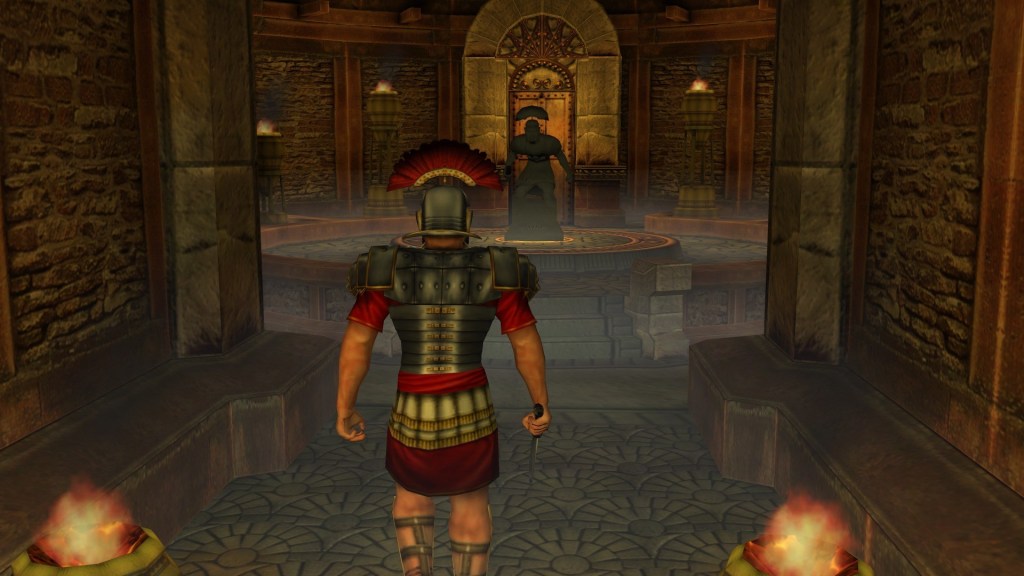
6. Eternal Darkness
At a time when horror games seemed stuck in the mode of obtuse puzzles and jump scares popularized by the Resident Evil franchise, Eternal Darkness tried something completely different. It was a mature, psychological thriller inspired by the work of H.P. Lovecraft that told a story over the course of two millennia from the perspectives of multiple characters. Of course, most people rightfully remember the game for its sanity (or insanity) effects. You haven’t known horror gaming fear until you’re made to believe the game is deleting your save files only to realize it’s actually screwing with you.
Unfortunately, Eternal Darkness fell victim to a familiar tale: it was a mature horror game on a Nintendo console that was seen as especially “kid friendly” even in its day. Though developer Silicon Knights filed for bankruptcy in 2013, there have been failed multiple attempts by former members of the team to create a spiritual successor called Shadow of the Eternals.
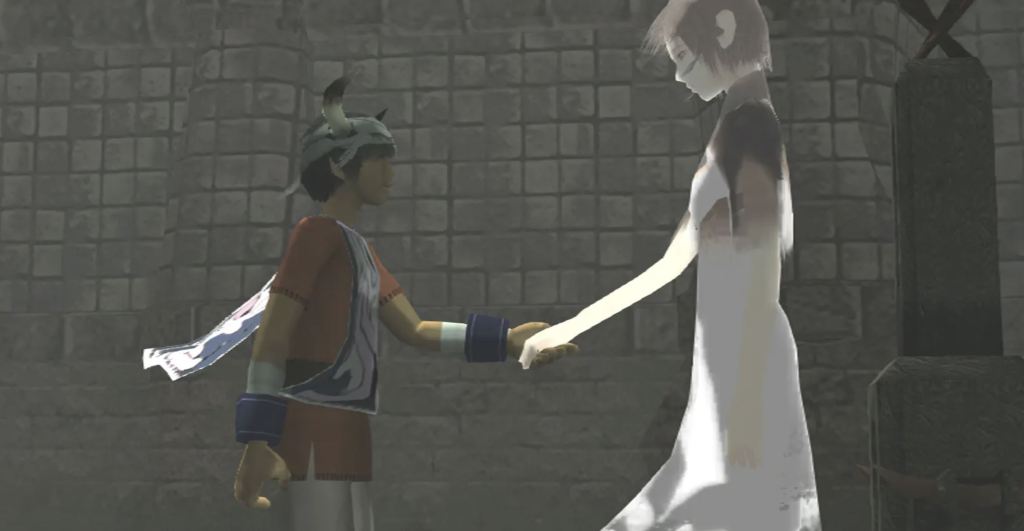
5. Ico
As we’ve seen, a lot of great games’ poor sales can be attributed to the fact that they were released at the end of a console generation. Hitting shelves less than a year after the release of the PS2, though, Ico arrived at a time when new properties tend to sell well. The problem was that with a weird name and vague, uninspiring box art (at least in the West), shoppers just casually strolling through a store were often quick to ignore it. Keep in mind, this was still years before digital distribution for console games. Even PC games were still mostly shipped on discs. First impressions mattered, and Ico did not always make a good one.
Of course, this was also the same holiday season that saw PS2 gamers eagerly pick up landmark action games like Metal Gear Solid 2 and Grand Theft Auto III. A minimalist adventure game subverting the expectations of what a game could be was not on the minds of most gamers in 2001. Still, Ico’s impact has been unmistakable over the last 20 years, particularly in indie games.

4. Enslaved: Odyssey to the West
While most of the games on this list have found success years after their release thanks to sequels or re-releases, Enslaved: Odyssey to the West has been largely forgotten as a relic of the PS3 era, which is really unfortunate given the talent involved in its creation. This is a Ninja Theory game written by Alex Garland featuring performances by Andy Serkis. If it were announced today, the hype for this game would be unreal.
And Enslaved more than lives up to its pedigree, with solid platforming and combat amidst a future where mechs have reclaimed a war-ravaged Earth. The story is very loosely based on the Chinese novel Journey to the West, but the ending incorporates the kind of cool twist that Garland has become known for. A lot of these ideas would later show up in Sony’s much more successful Horizon series, but Enslaved did it first and arguably did some of it better.

3. Beyond Good & Evil
To give you an idea of how jam-packed 2003 was, classics like Prince of Persia: The Sands of Time, Need for Speed Underground, and the first Call of Duty all launched within a few weeks of each other. Nintendo also released new entries in the Pokémon and Zelda franchises, and Grand Theft Auto: Vice City, which actually came out the year before, was still one of the best-selling games of 2003. Simply put, the market was oversaturated with quality games, especially from established franchises.
So yeah, an action-adventure game about a plucky photojournalist and her pigman uncle named after a Nietchze book was just not going to sell very well that year no matter how good the reviews were. At least Beyond Good and Evil’s positive critical reception and HD port sales eventually inspired Ubisoft to greenlight a sequel. However, as that game has already spent roughly 15 years in development hell with little to show for it, don’t hold your breath for it to actually see the light of day.

2. Okami
From the moment it was announced, the gaming press was enamored with Okami. The woodcut, watercolor style was unlike anything else that had come before. And while Okami‘s gameplay took obvious inspiration from The Legend of Zelda, its innovative Celestial Brush mechanic and unique takes on Japanese mythology were more than enough to set it apart from the typical Zelda clone.
But then Okami met the realities of the marketplace, and gamers largely ignored it. Its PS2 exclusivity and “late” release date (it debuted just a few months before the PS3 was released) were no doubt contributing factors to its sales shortcomings. And while the Celestial Brush seemed tailor-made for the Wii’s motion controls, even the 2009 port to Nintendo’s console sold poorly. But finally, Okami saw sales that matched the positive reviews when the HD version hit PC, PS4, and Xbox One in 2017 more than a decade after its original release. Hopes remain high for a sequel, even if there seems to be little hope of that ever happening.

1. EarthBound
Many people have forgotten that EarthBound actually received a rather muted response from critics and the public when it hit the SNES in 1995. Sure, there were some glowing reviews, but others took issue with its graphics (which were considered subpar for a 16-bit console) and general…well, weirdness. After years of RPGs attempting to copy the high fantasy setting of Dungeons and Dragons, few people were ready for a game set in modern America that relied on an offbeat sense of humor.
Nintendo also had no idea how to market the game. They literally ran ads in magazines that said “this game stinks” along with awful-smelling scratch-and-sniff stickers. On top of that, the game shipped with a massive packed-in strategy guide, making it much more expensive than the typical SNES game. It was almost like Nintendo wanted EarthBound to fail.
Of course, it took a while, but gamers eventually came around to the game, and it’s now considered one of the greatest RPGs of all time. It’s just a shame that the original release was so terribly botched. Of course, that’s probably at least part of the reason why the sequel, Mother 3, has never seen a release outside of Japan despite fans clamoring for the game to come West for years.
